Every design decision on a project should be influenced by the values which are inherent in a project site. What materials are used, how big the building should be, and where the intervention should be placed all have something to say about what is important about a site. The decision then translates to the visitor’s experience of the space. How one approaches the site and how one interacts with the building derived from the degrees of interventions and choices the designer makes. These decisions, consciously or unconsciously, create a narrative which is a crucial part of the understanding past and present. If not done coherently, these decisions can create a false sense of the past; one where the visitor can be misled or disoriented as to where they are. Interventions within existing structures can heighten the experience of the historical sense of the building. This is important if the values of a place demand that type of experience. Interventions can also heighten the sense of newness or concern for the present. Either experience is valid, but both come with benefits and pitfalls.
One must ask themselves which is the better approach when designing interventions within existing fabrics. Most times there is no clear answer to that question, which leads to a case by case basis. Could there not be a happy medium where the occupant is aware of what came before, understanding the importance the historic nature which gives the space context? The historic connotations a space conveys allows for a sense of layering produced by the passage of time for which the current moment is continuously adding to the layers. The present is the only time the visitor is in control over the experience in the space. Trying to recreate or hold on to the idea of the past experience is obsolete as it is not possible to immerse one’s self in a given time other than the present. The moment in time is just another step in the direction of the future soon to be part of the building’s past. Any intervention made in the present should reflect the present, not glorify the nonexistent moments, but highlight them as they helped influence the current experience.
By looking at an existing building and a ruins’ interventions and highlighting the different design decisions, one begins to examine the effects each decision makes on the experience within the space and how the experience can alter the understanding of the past and present designs.
One must ask themselves which is the better approach when designing interventions within existing fabrics. Most times there is no clear answer to that question, which leads to a case by case basis. Could there not be a happy medium where the occupant is aware of what came before, understanding the importance the historic nature which gives the space context? The historic connotations a space conveys allows for a sense of layering produced by the passage of time for which the current moment is continuously adding to the layers. The present is the only time the visitor is in control over the experience in the space. Trying to recreate or hold on to the idea of the past experience is obsolete as it is not possible to immerse one’s self in a given time other than the present. The moment in time is just another step in the direction of the future soon to be part of the building’s past. Any intervention made in the present should reflect the present, not glorify the nonexistent moments, but highlight them as they helped influence the current experience.
By looking at an existing building and a ruins’ interventions and highlighting the different design decisions, one begins to examine the effects each decision makes on the experience within the space and how the experience can alter the understanding of the past and present designs.
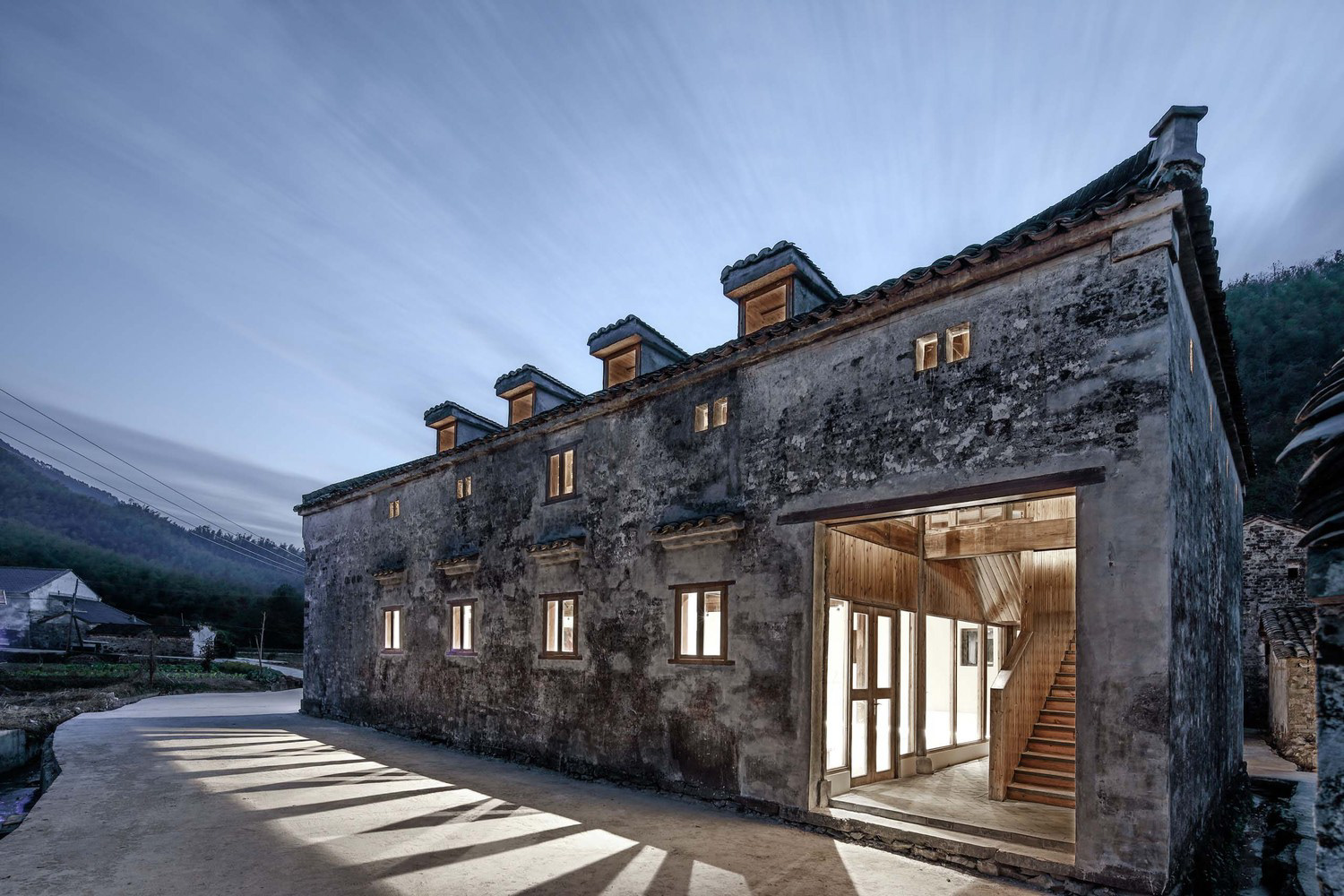
History Museum of Qifeng Village Chizhou, China SUP Atelier 2018 (Image 1)
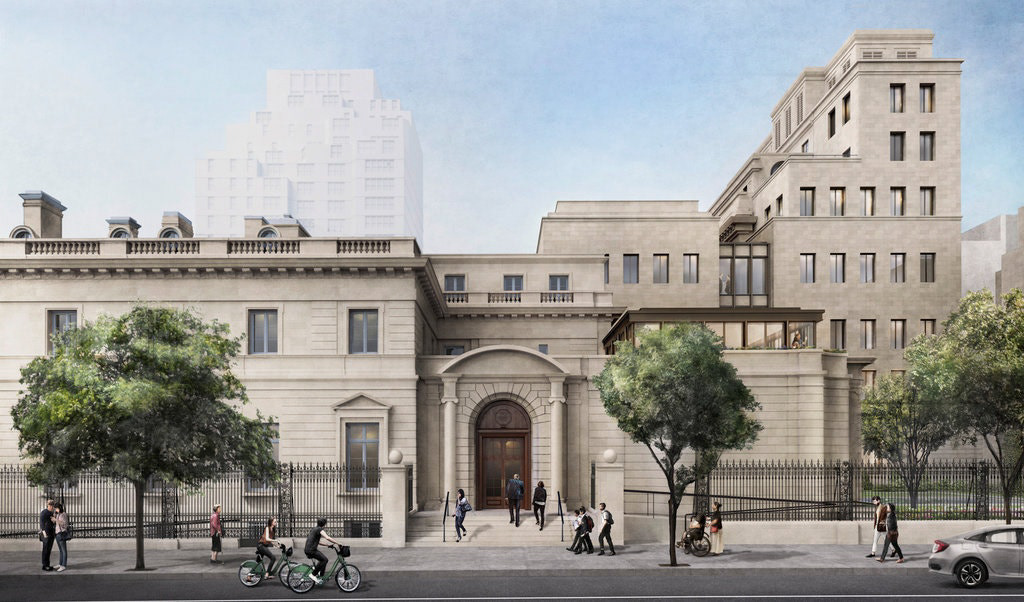
Frick Building New York, NY Selldorf Architects 2020 (Image 2)
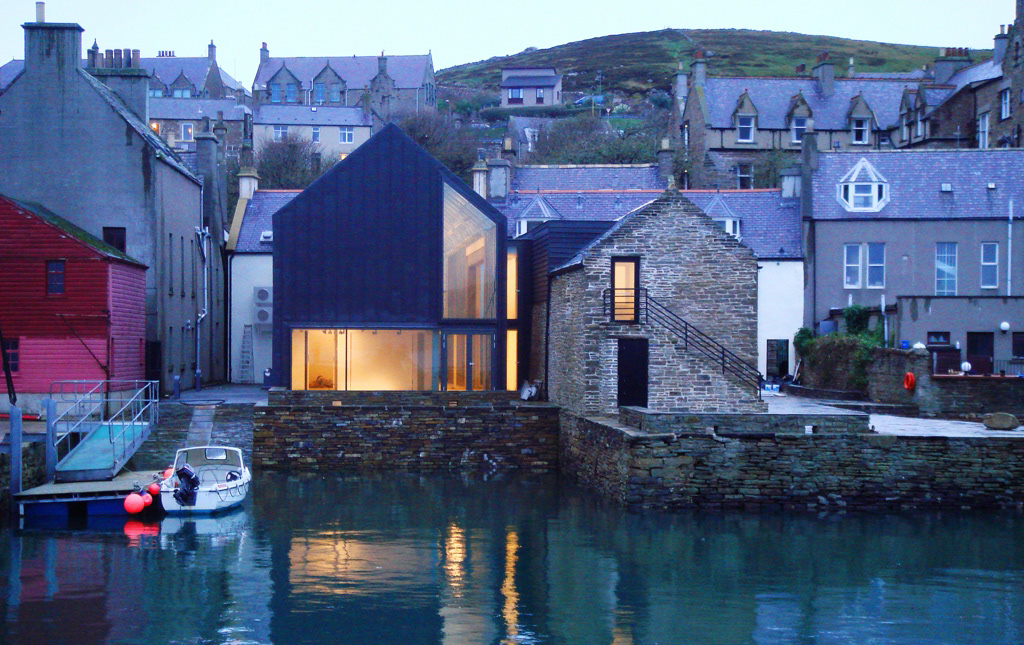
Pier Arts Centre Stromness, Uk Reiach and Hall Architects 2008 (Image 3)
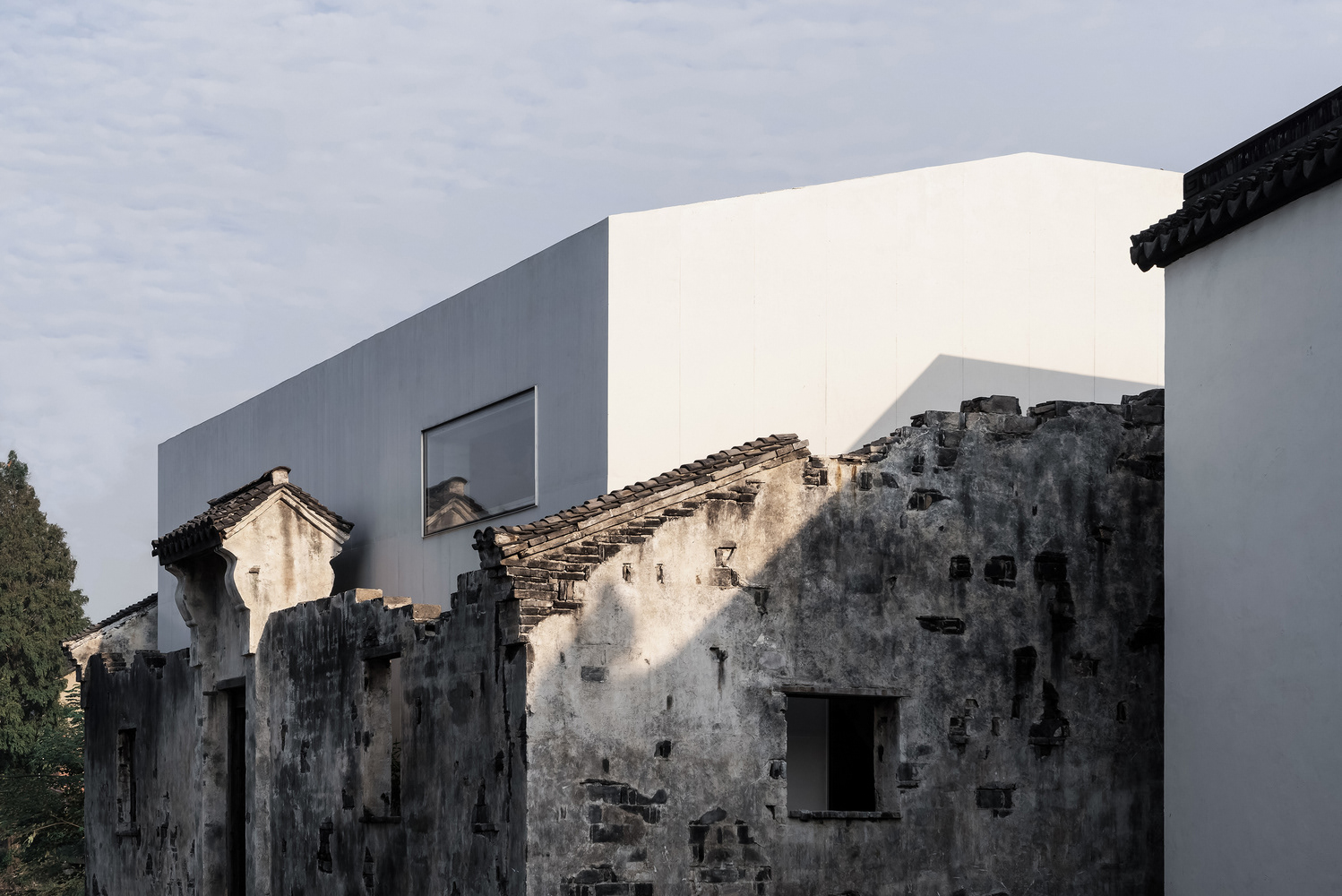
Zhang Yan Cultural Museum Horizontal Design 2019 (Image 4)
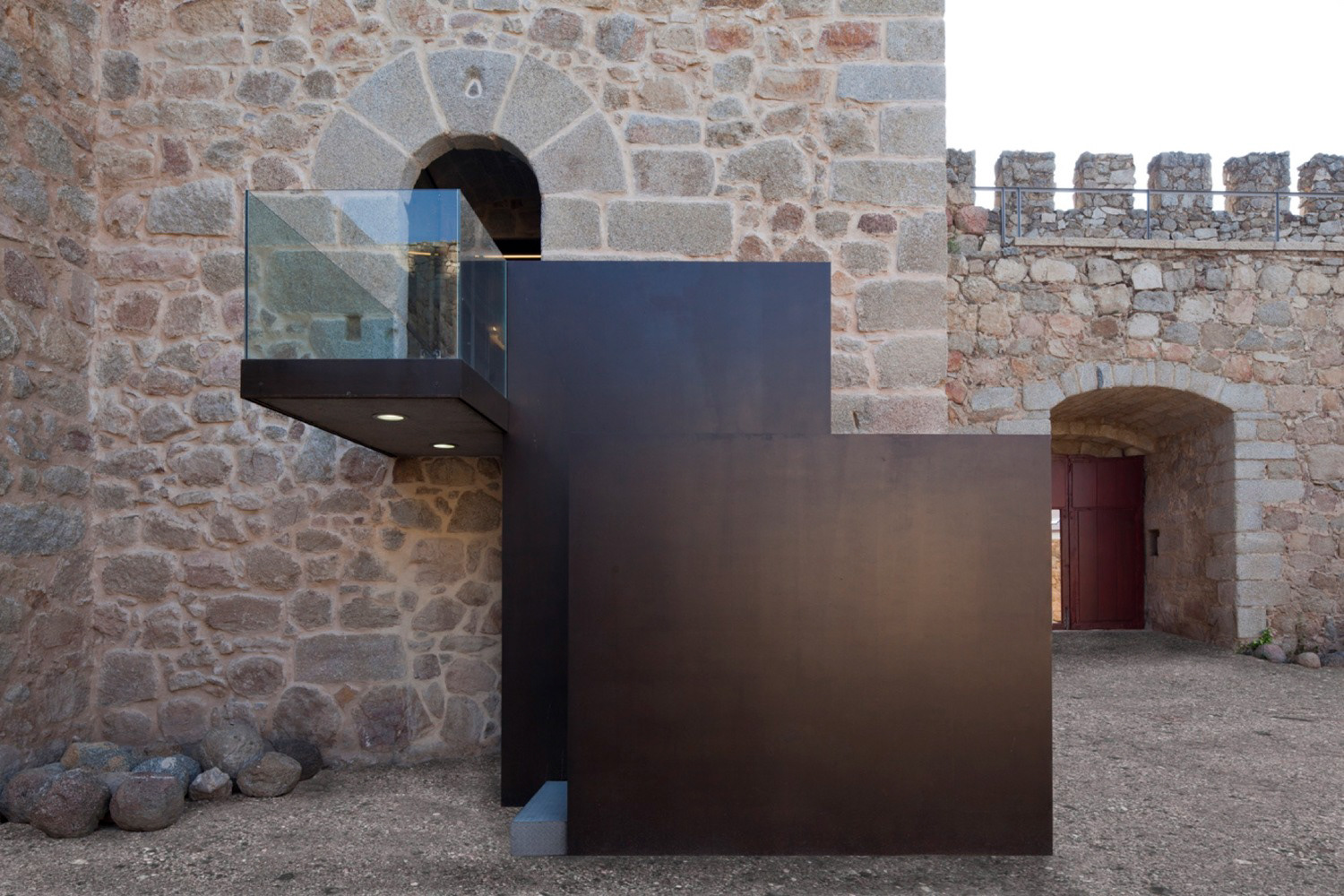
Coracera Castle Rehabilitation San Martin de Valdeiglesias, Spain Riano + arquitectos 2010 (Image 5)
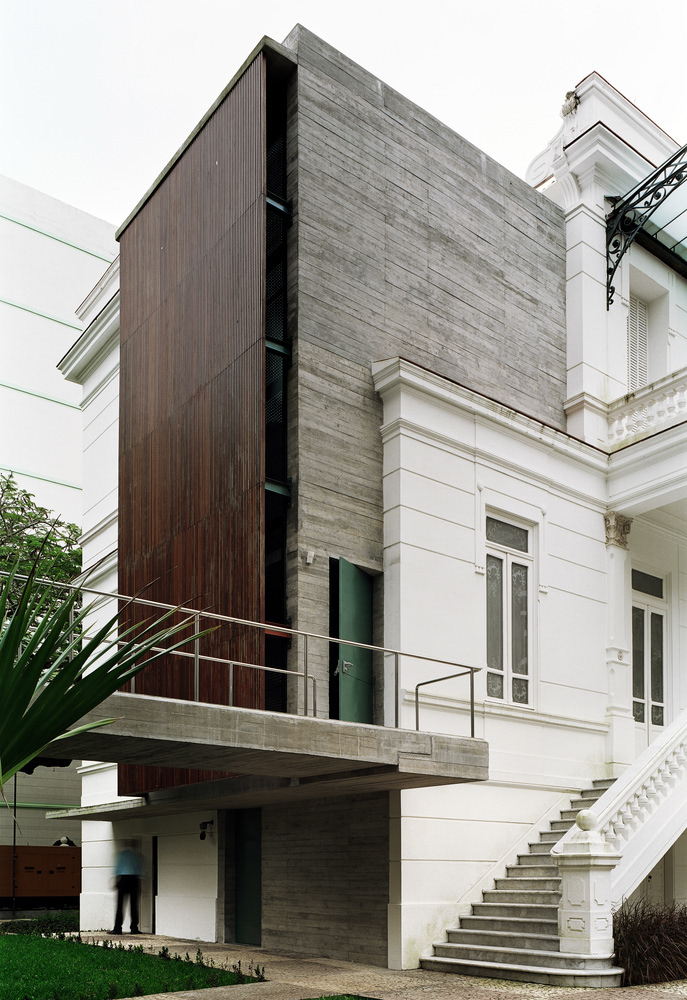
Bahia Rodin Museum Graca, Brizil Brasil Arquitetura 2002 (Image 6)
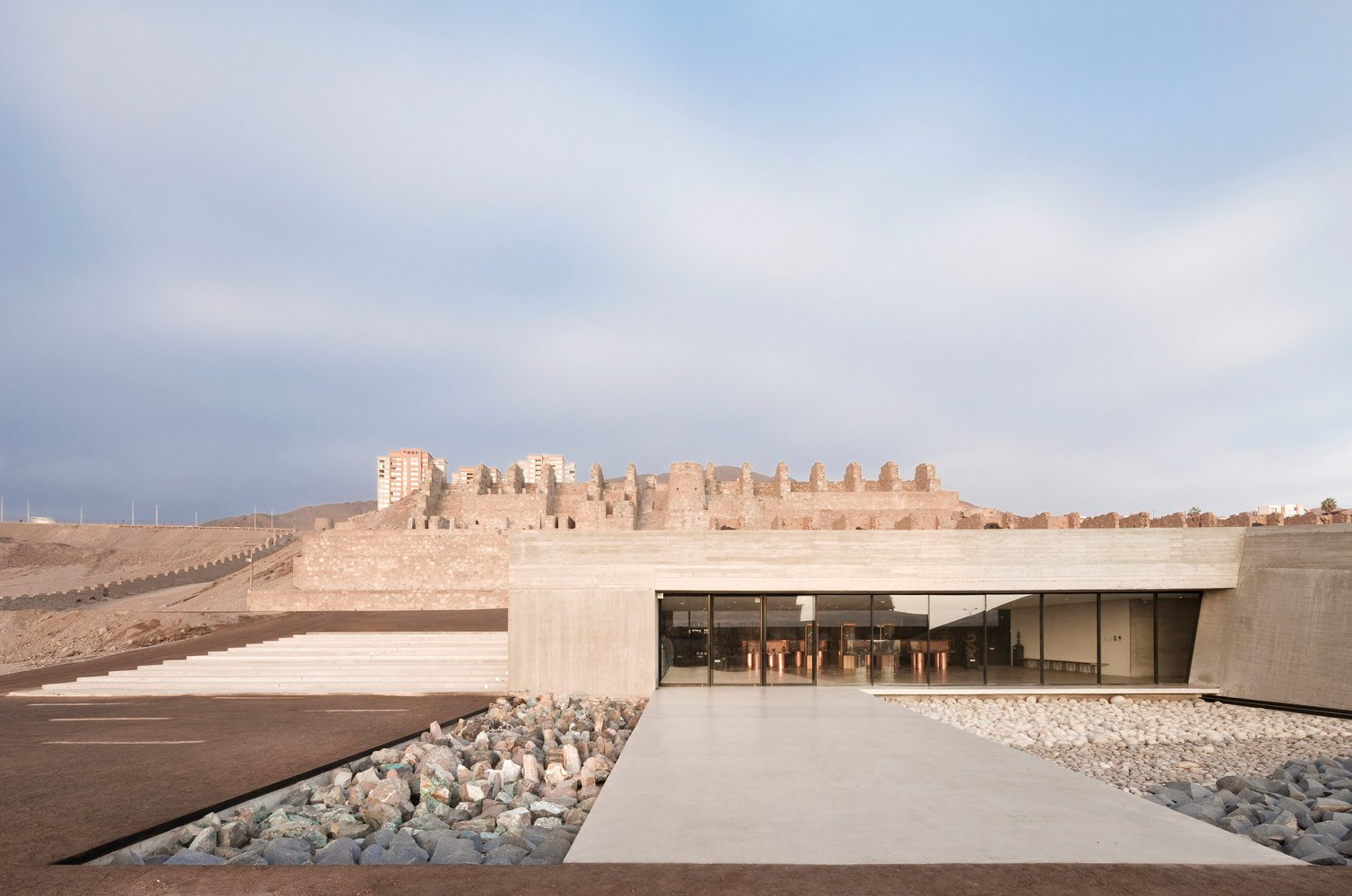
Museum of the Atacama Desert Antofagasta, Chile Coz, Polidura & Volante Arquitectos 2009 (Image 7)
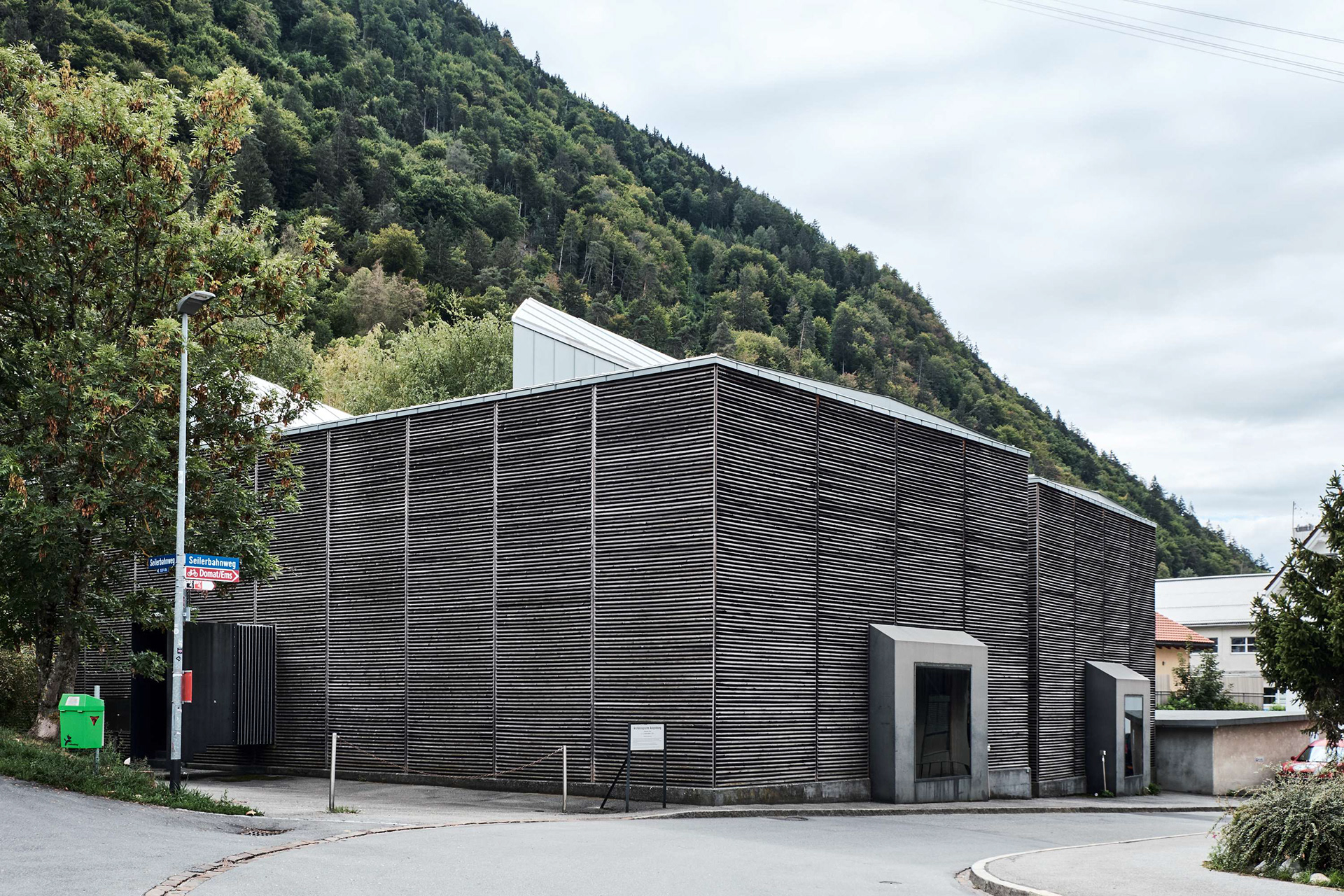
Shelter Roman Archaeological Site Graubunden, Switzerland Atelier Peter Zumthor & Partner 1986 (Image 8)
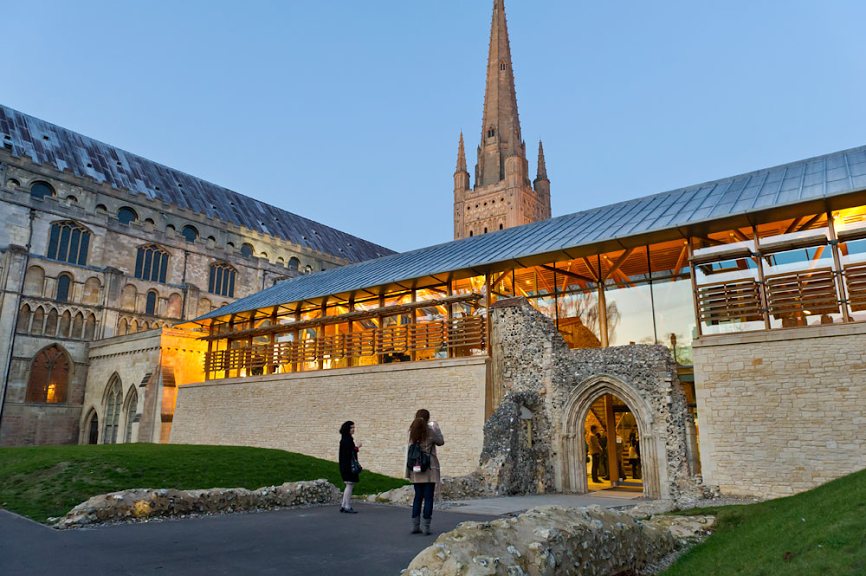
Norwich Cathedral Refectory Norwich, UK Hopkins Architects 2009 (Image 9)
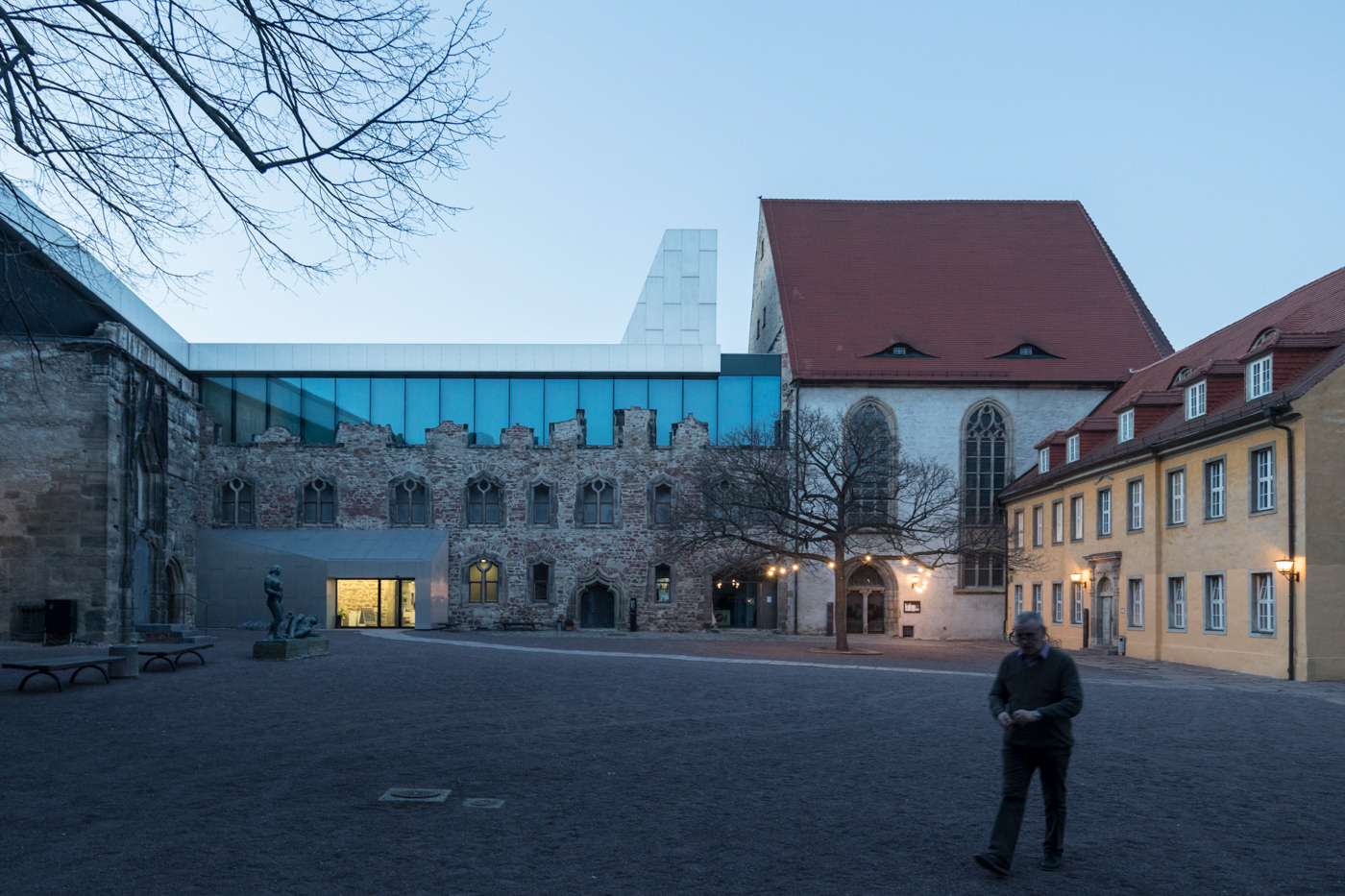
Moritzburg Castle Halle, Germany Nieto Sobejano Arquitectos 2008 (Image 10)

Pombal Castle’s Visiter Centre Pombal, Portugal COMOCO 2014 (Image 11)

Pombal Castle’s Visiter Centre Pombal, Portugal COMOCO 2014 (Image 12)
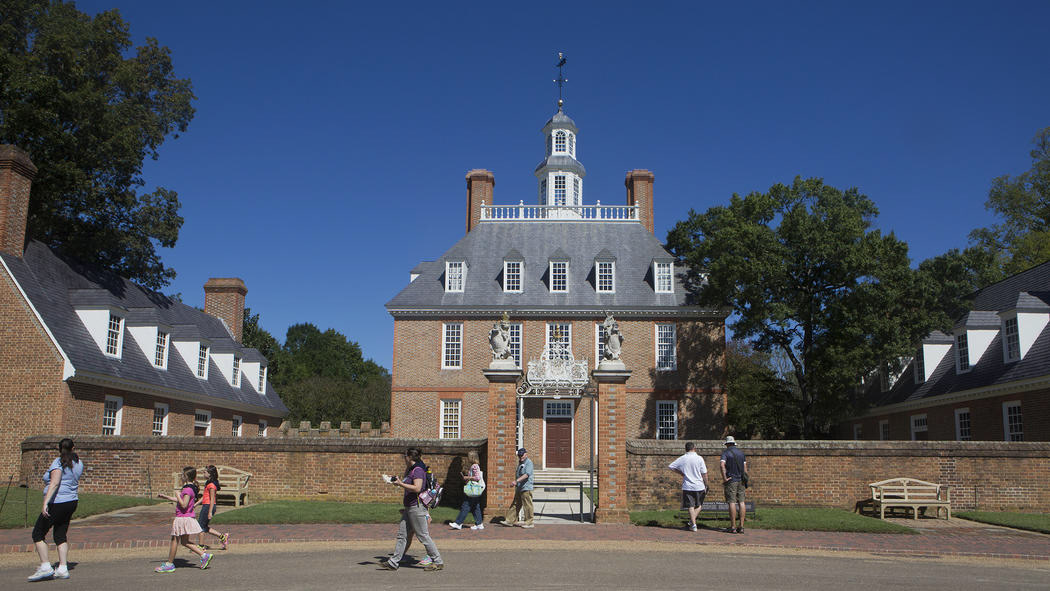
Reconstruction of the Governors Palace Colonial Williamsburg, VA Unknown 1934 (Image 13)

Mosque-Cathedral of Cordoba Cordoba, Spain Various (Image 14)
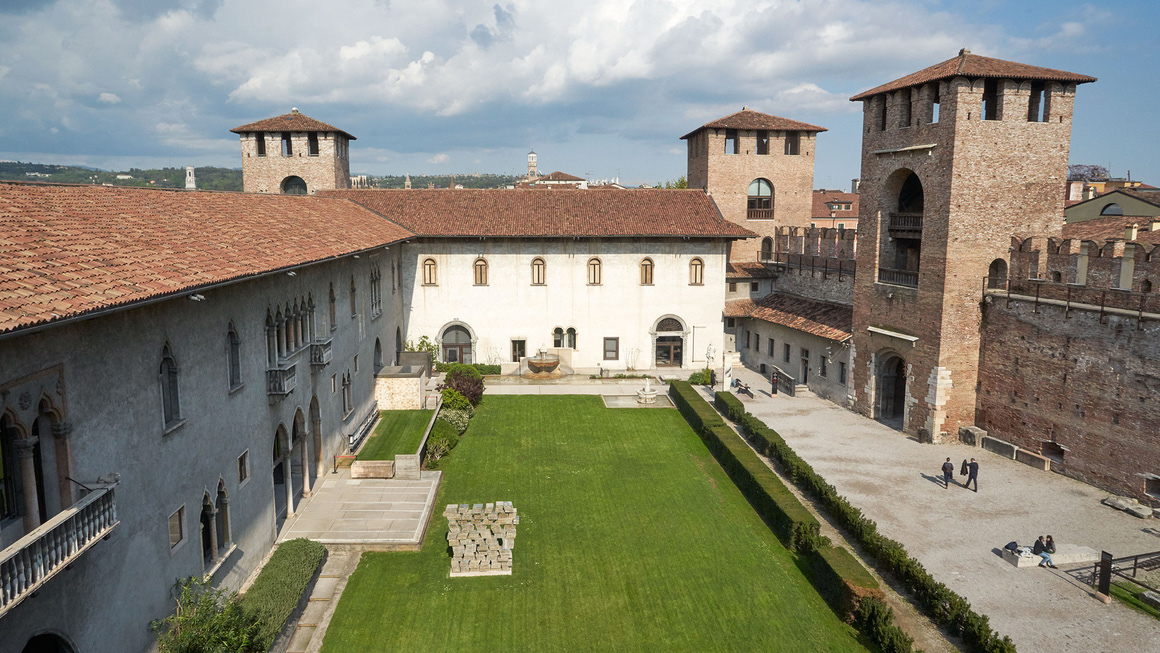
Castelvecchio Museum Verona, Italy Carlo Scarpa 1958 - 74 (Image 15)
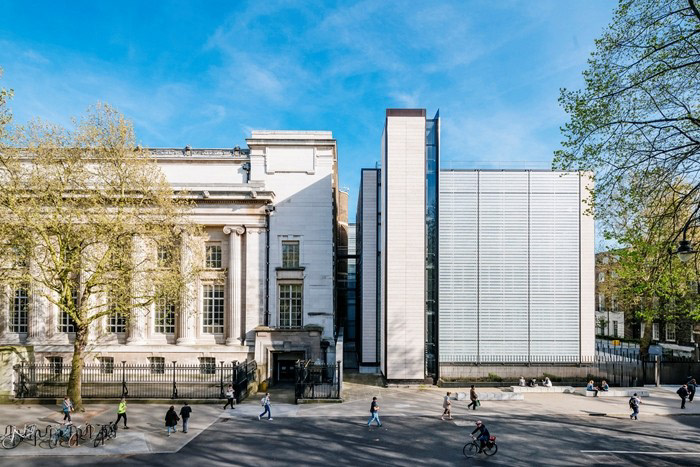
British Museum WCEC London, UK Rogers Strik Harbour + Parners 2014 (Image 16)
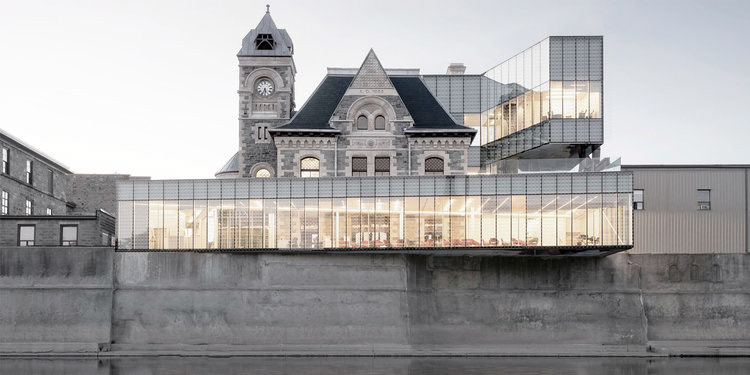
Idea Exchange Cambridge, Ontario RDHA 2018 (Image 17)
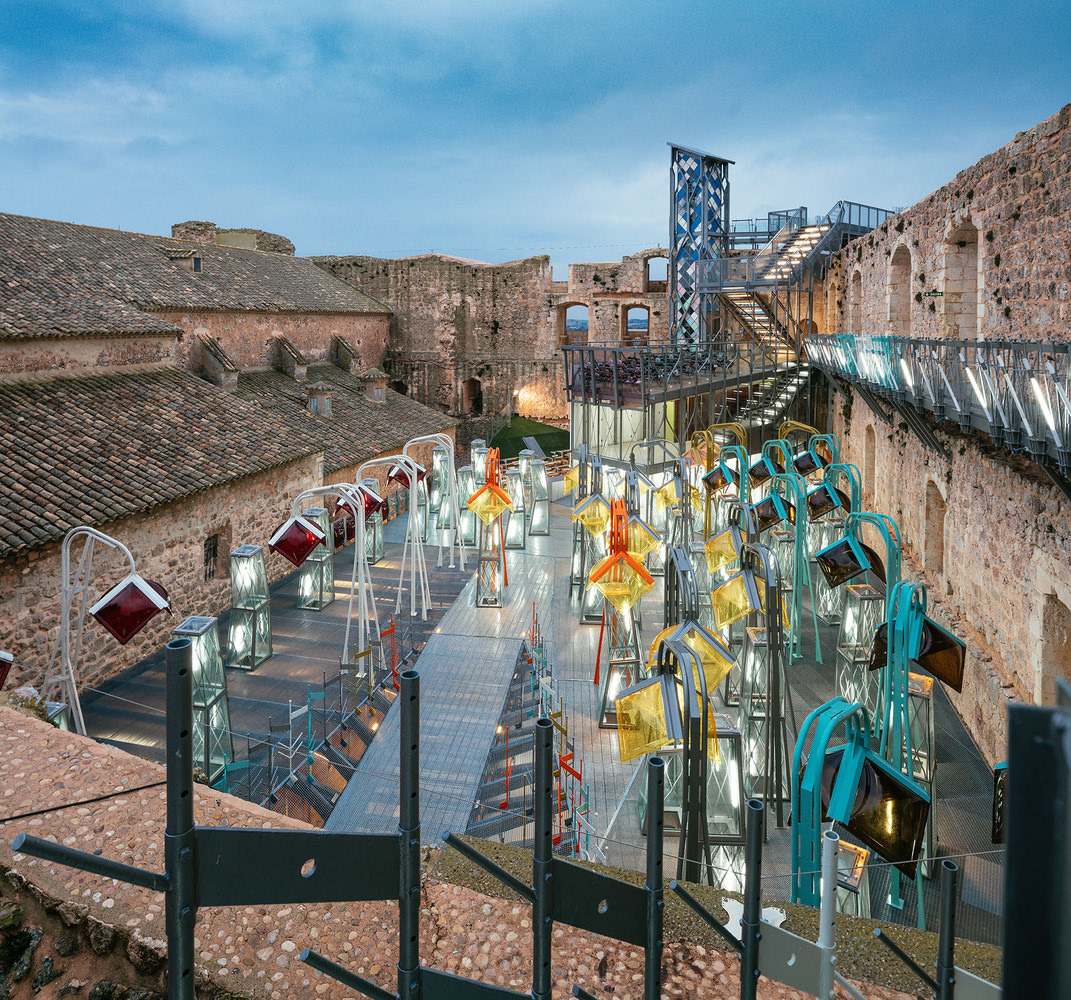
Refurbishment of Garcimunoz Castle Cuenca, Spain Izaskun Chinchilla 2013 (Image 18)
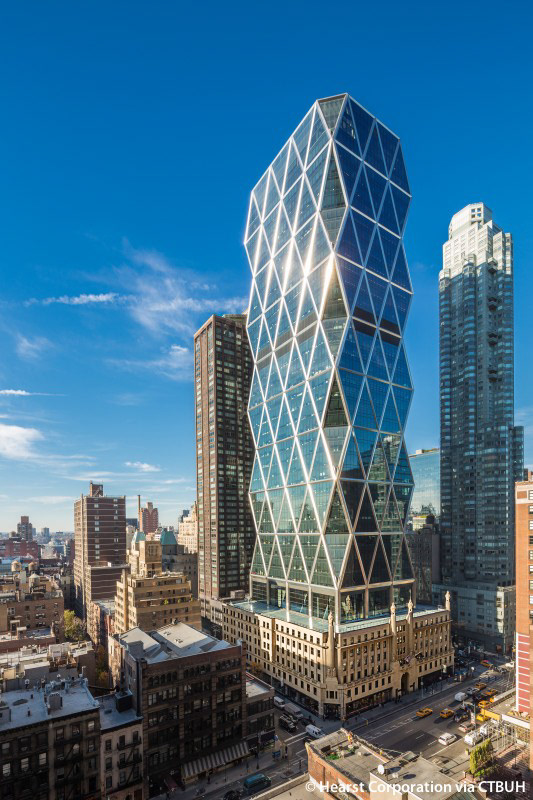
Hearst Headquarters New Yrok, NY Foster + Partners 2006 (Image 19)
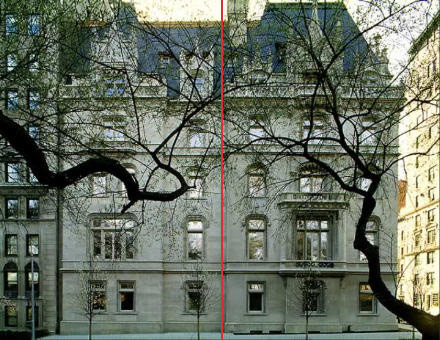
The Jewish Museum Extension New York, NY Roche Dinkeloo Associates 1993 (Image 20)
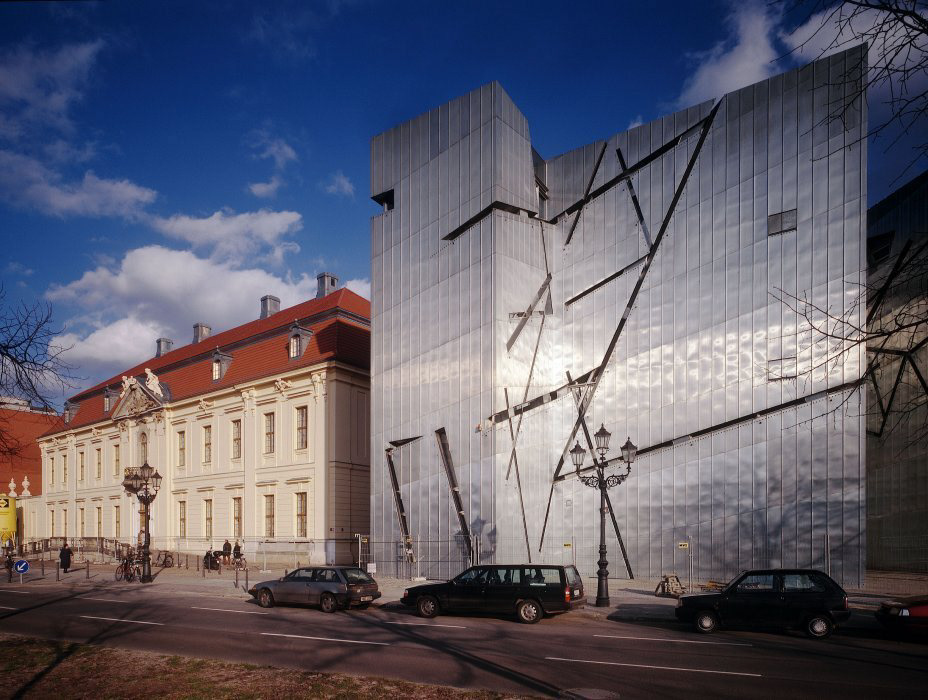
The Libeskind Building Berlin, Germany Studio Libeskind 1999 (Image 21)
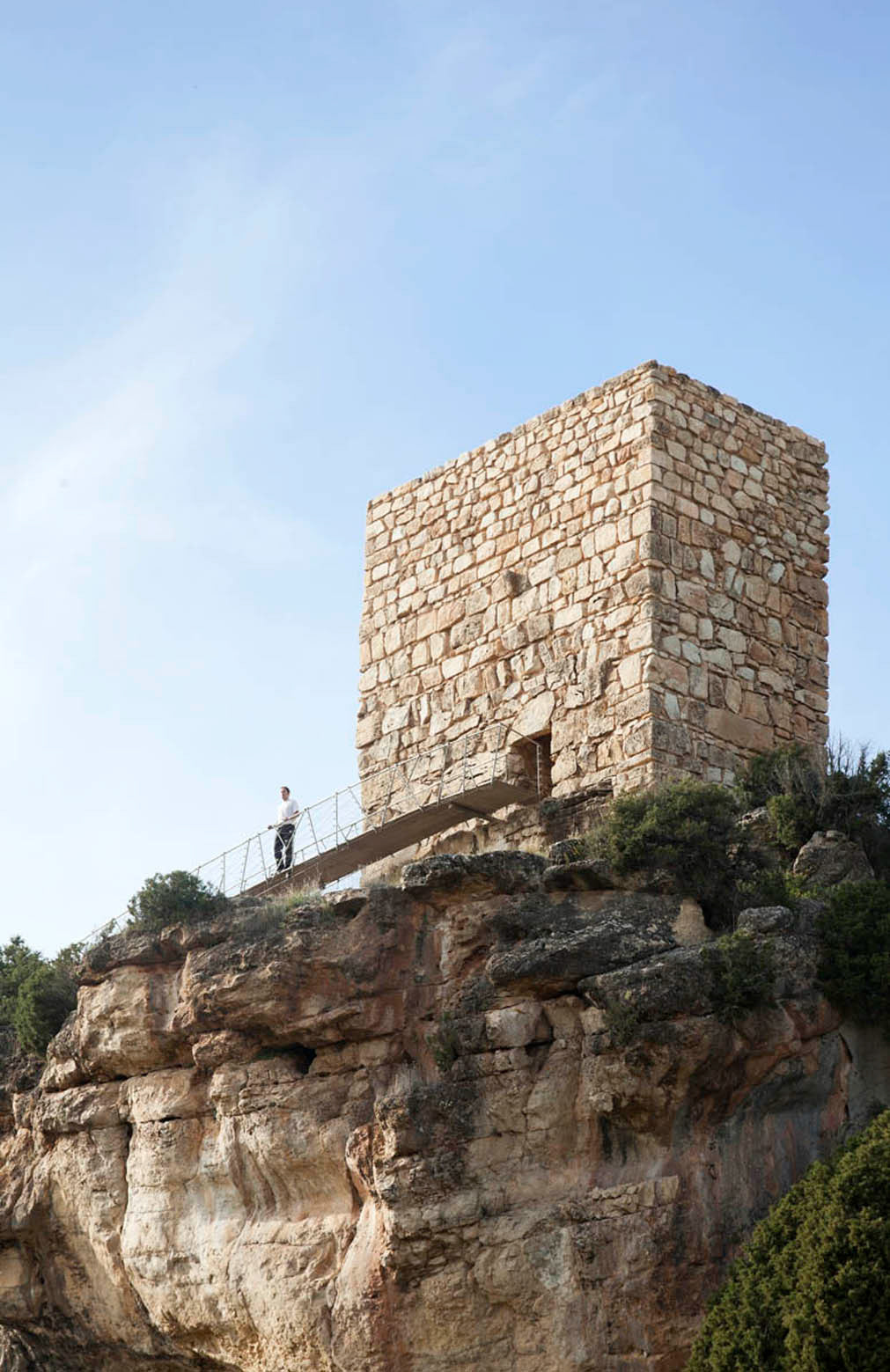
Arab Tower Riba de Saelices, Spain Ignacio Vila Almazan + Alejandro Virseda Aizpun + Jose Ignacio Carnicero 2010 (Image 22)
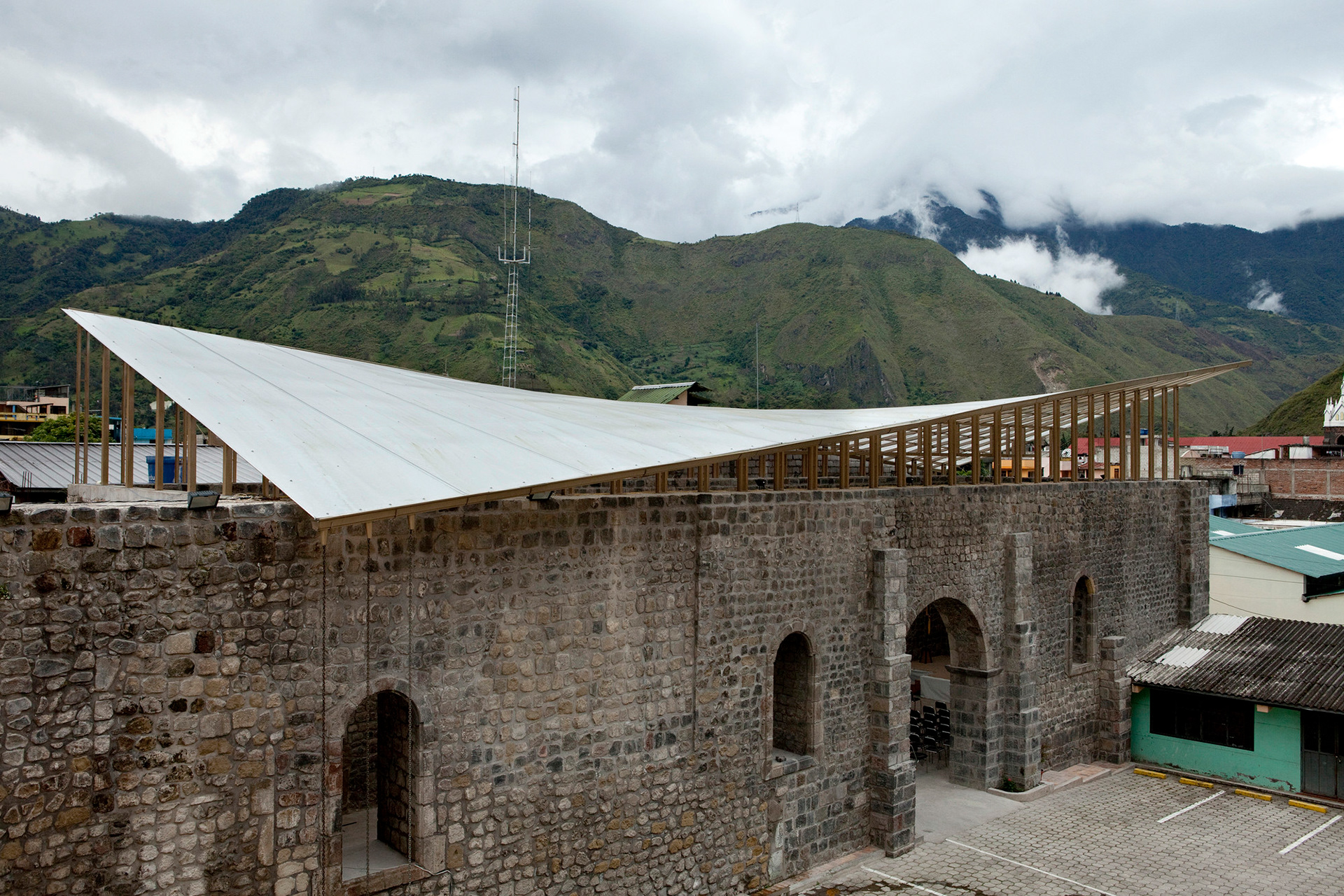
Old Banos Church Banos, Ecuador Brownmeneses 2010 (Image 23)
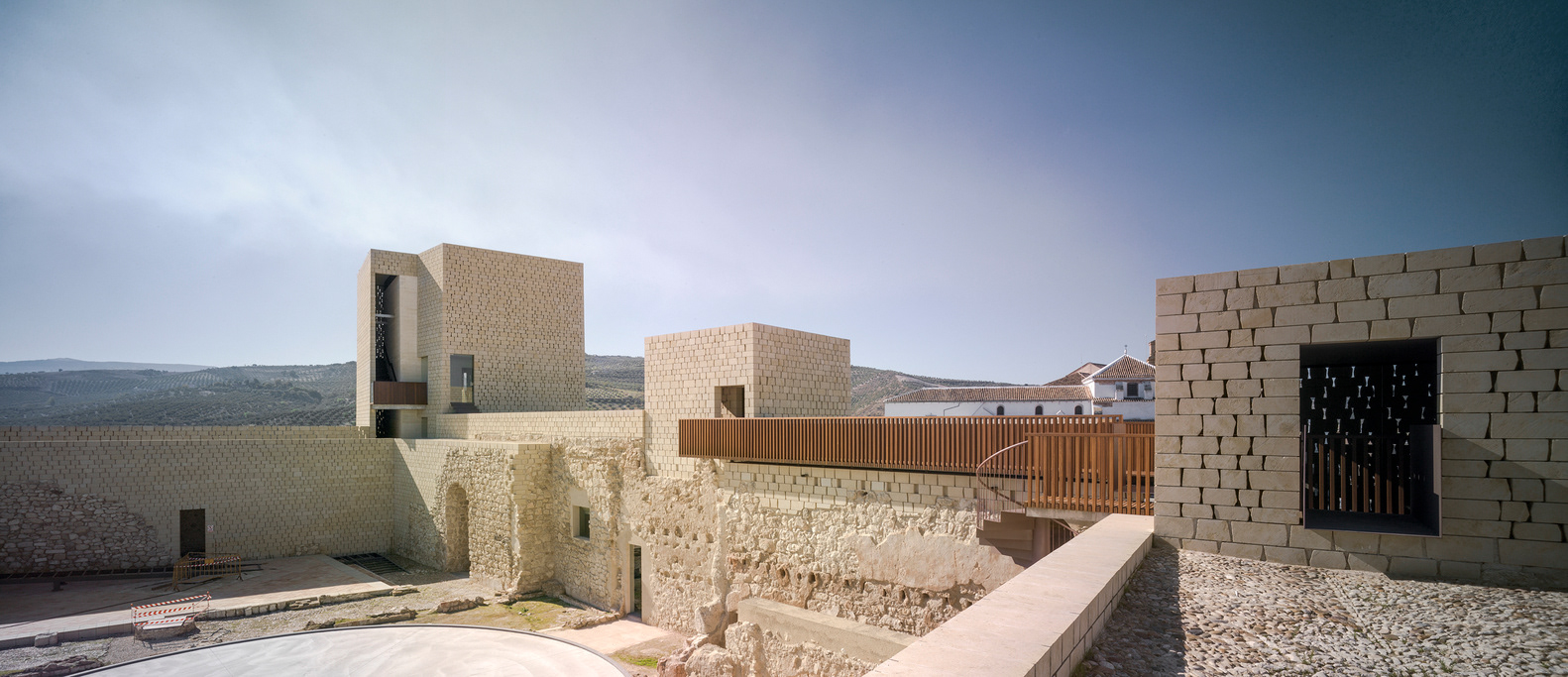
Baena Castle Baena, Spain Jose Manuel Lopez Osorio 2016 (Image 24)

Gothenburg Law Courts Extention Gothenburg, Sweden Gunnar Asplund 1937 (Image 25)
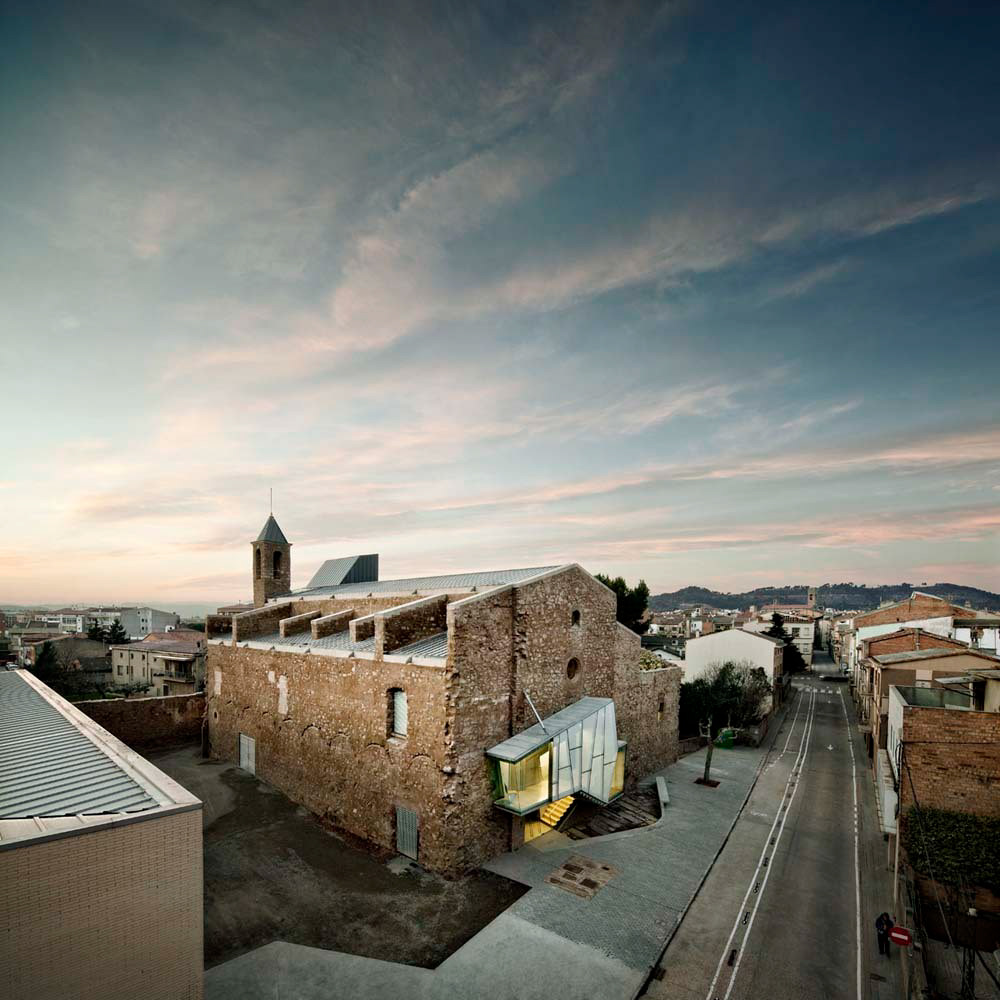
Convent de Sant Francesc Santpedor, Spain David Closes 2011 (Image 27)

Bloor/Gladstone Library Toronto, Ontario RDHA 2010 (Image 28)

Salt Museum Salins-les-bains, France Malcotti Roussey Architectes 2009 (Image 29)
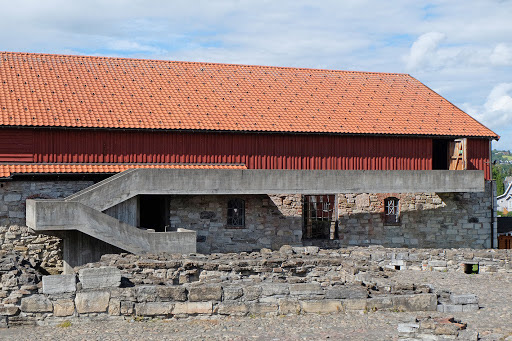
Hedmark Museum Storhamer, Norway Sverre Fehn 1971 (Image 30)
Each and every occupant will experience a building in their own way, and each time someone visits they can have unique and distinctively different experiences of the space due to extrinsic factors. With this in mind there is still much to be said about the influence design can play on those experiences, including the understanding of layering which is taking place in a space with a past. The initial design decisions of the space (Y axis: Materials, Location, Spatial Volume, type of relation to existing, scale) can drastically alter the baseline experience. Combine this with compositional makeup of the building and you form a understanding of the influences the two have on the connection between the building’s past and current experience (X/Y Axis: Experiential continuity).
The Design approach must consider the influence the intervention will have on the experience of a site. The two extreme approaches range from letting the site remain untouched, to the removal of existing structures and replacing it with a new building. The strategies between the two will alter the experience one has with the space. The more minor the intervention. the more the experience is driven by the existing fabric of the existing building (Far left). On the opposite end, interventions which tend to be heavy handed tend to blind the view of existing material and highlight the new components (Far Right). One intervention exception, however, must be noted; that of reconstruction. This is a loophole due to the fact the intervention is meant to reproduce a close to identical copy of the former building though use of accurate space and material. By utilizing this strategy, the building is theoretically “new” but is emphasizing the experience of the past over the present. This can lead to false understanding of the site if not carefully executed.
MATERIALITY
The selection of materials can be based on conforming to the existing material pallet to make a congenial project which relates directly to the existing structure. Materials can also be chosen for their stark contrast from the existing materials to delineate a clear distinction between the existing fabric and the intervention.
VOLUMETRIC CONFORMITY
The way interventions impact volumetric space either confines itself to the existing building’s volume to create an experience or it can alter the volume in a way to create an entirely new set of spatial experiences.
SCALE
The scale of the intervention can vary depending on needs and intentions of the design. The scale can be minor, almost nonexistent, among existing fabric or can completely engulf the existing fabric.
INTEGRATION
Building intervention integration can vary. Seamless integration brings the intervention and existing materials together systematically to allow most of the programming to take place within the existing fabric with modern changes incorporated to accommodate current use. Whereas the non-seamless integration would seem much more like an addition to the building providing more programmatic space located around or outside the confines of the existing fabric.